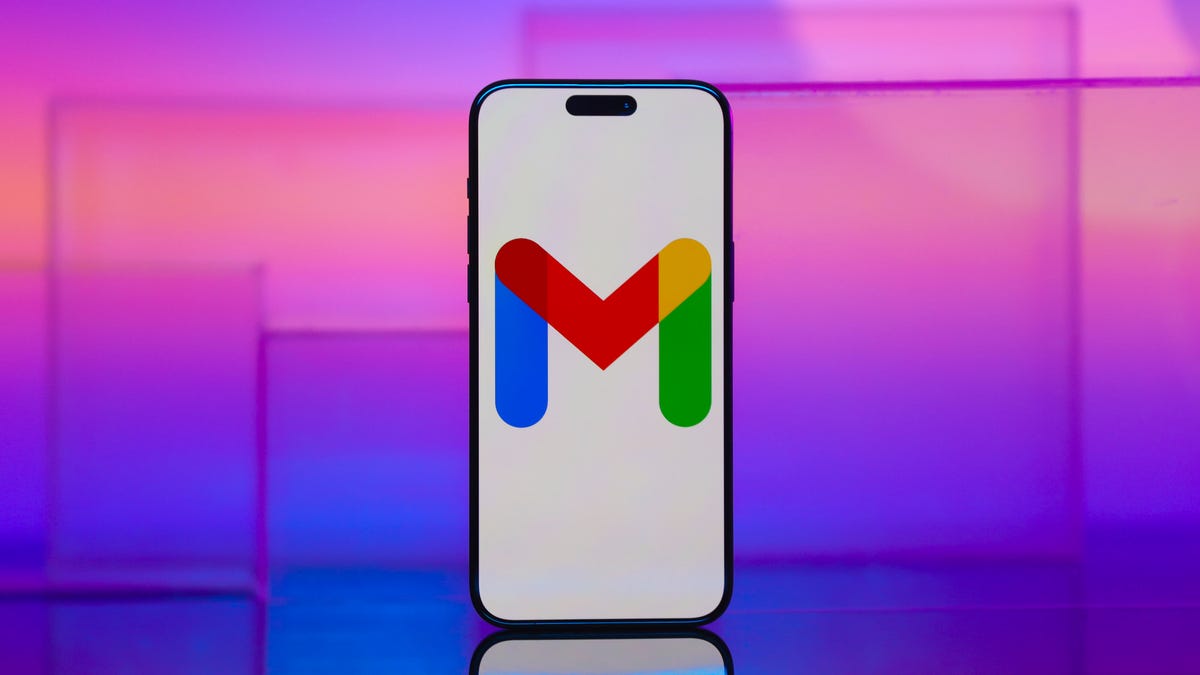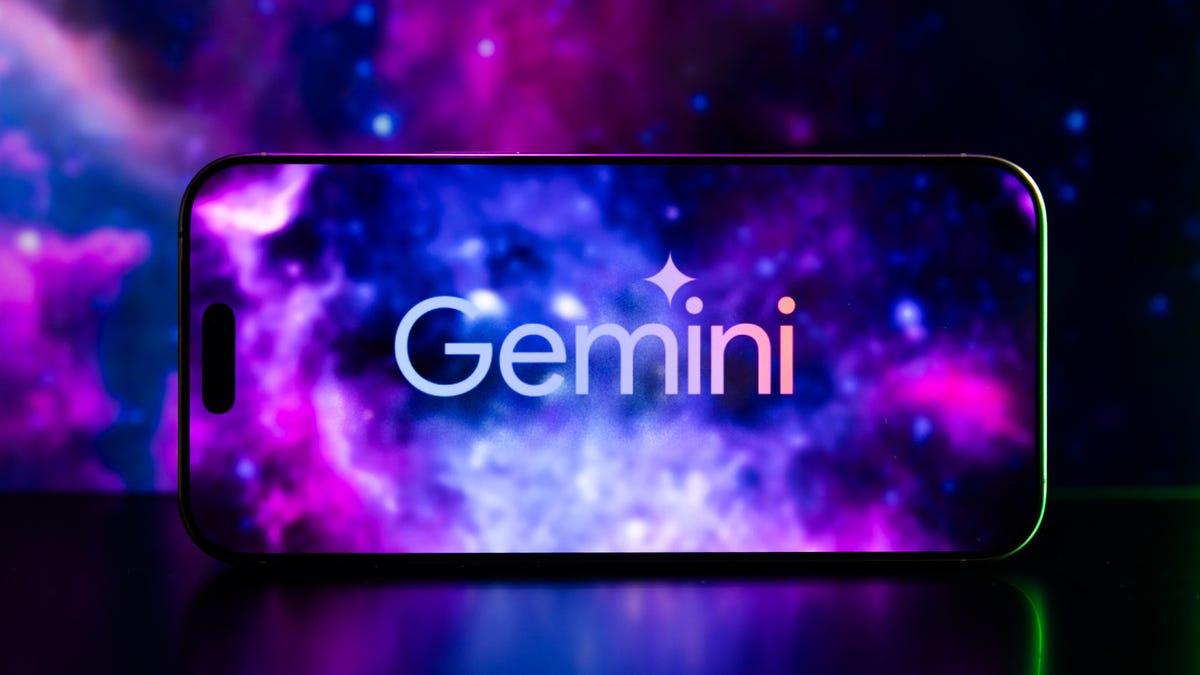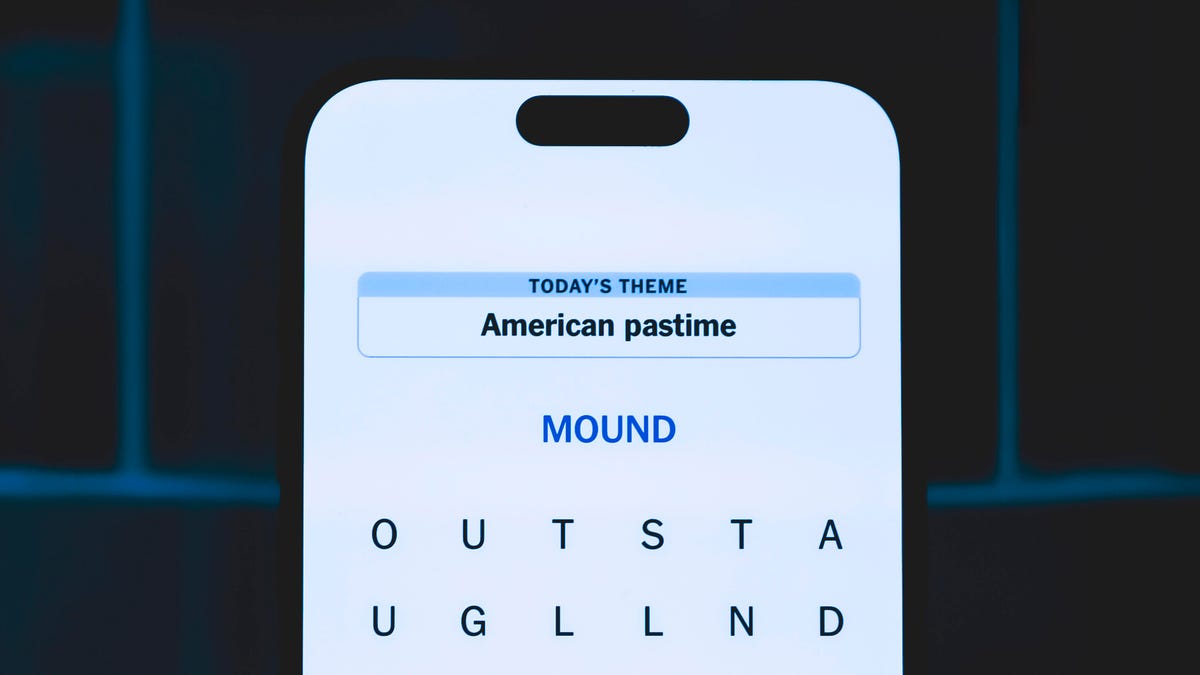Technologies
Gmail Hacked? How to Get Your Account Back and Tighten Your Security
Gmail accounts are being compromised in a sophisticated phishing attack. If you lost access to your account, here’s what you can do – and how to be better prepared.

Gmail users are again falling victim to a sophisticated phishing attack that is locking victims out of their accounts. While these sorts of attacks are nothing new, cybercriminals now have AI on their side to help them come up with new ways to trick people into falling for their traps.
Right now, that trickery is taking the form of an email that looks convincingly like it’s from Google, with an urgent call to action regarding a legal matter and a link for more information, according to a report from Forbes published on April 21.
But if you interact with the email, your credentials could be stolen, your password changed and new security measures put in place to keep you from getting back into your account. If you find yourself in this boat — from this phishing attack or another — hope isn’t lost. If you have the proper measures in place and you act quickly, you can regain access.
A Google spokesperson told Forbes that a fix for this particular scenario will soon be deployed.
Read on to find out what to do in case your Gmail account is hacked and you can no longer log in. We’ll also throw in some additional security measures so you can potentially make your account less vulnerable.
For more, don’t miss Android security and privacy features you should know about.
If your Gmail account was compromised, do this
This particular attack isn’t necessarily special, but it does show that cybercriminals are relentless in looking to gain access to user accounts by creating increasingly sophisticated methods of attack. And it is all too easy to fall victim to phishing attacks. Gmail is the most popular email service, so it makes sense for the bad guys to prioritize it. Google even has a quiz to help you spot these types of emails.
If you had your account hacked, regaining access can be tricky. What information and recovery measures were in place will play a factor in your success and in the time it could take to recover your account.
Start by going to https://accounts.google.com/signin/recovery and answer the questions to the best of your ability. If you had any additional emails or phone numbers associated with your account, this information may be able to help you, even if it’s been removed from your account. Google has additional tips that may help you when completing the account recovery module, like making sure you’re completing these steps in a familiar location and with a familiar device.
After some digging, including going through a series of help requests about a compromised account, the writer of the Forbes report was able to receive a callback from Google directly. A key factor here, though, was that it required the Google One Premium subscription that offers additional storage, AI features and other benefits.
Prevention is the best method: How to secure your Gmail account
There’s a reason why you’ll find more support articles from Google that will show you how to prevent bad actors from getting into and wreaking havoc on your Gmail account than you’ll find articles about recovering from a phishing attack. That’s because it’s much easier to prevent a hack than it is to prove you’re the one trying to regain access to your account.
If you’re luckily reading this as a preventive measure to protect your Gmail account, here are things you can and should do to keep your account safe.
One of the easiest ways to increase the security of your account is adding a recovery email and phone number to your account account. Here’s how to do it.
- From your computer, head to myaccount.google.com and login to your account
- Click on the Security tab on the left side panel
- Under the How you sign in to Google section, click Add an email address next to Recovery email. You can add a phone number in this section by clicking 2-Step Verification phone.
- Both of these methods will require verification before they’re added to your account.
Additional security measures you should enable
By adding a recovery phone and email to your Google account, you’ll save yourself a lot of time if you need to confirm your identity to regain access to your account, but that’s essentially the bare minimum. There’s still so much more you can do to protect your Google account, which will in turn protect your Gmail account.
True, additional security can come at the expense of convenience. Some of the methods may be slightly less secure but keep your convenience balanced, where others may be much more secure and the convenience dial turned all the way down.
The security focus is primarily going to be enabling two-step verification when you sign into your Google account or any of its apps, like Gmail.
Two-step verification options
There are a handful of ways to add a second layer of security when signing into your Google account. You can enable one or more at a time.
- Passkeys — You can save a passkey to your device that can be used instead of logging in with a password. Passkeys, which are secure, FIDO credentials, can be saved with password managers on computers or mobile devices and just need to be verified with biometrics or a PIN.
- Security Key — This is probably the most secure but most inconvenient method. It will require you to purchase a physical security key and insert it into the device you’re trying to log into. There are several NFC-enabled security keys available as well.
- Two-step verification phone — With this enabled, you’ll be sent a code via text message that you can input into the device you’re signing into. SMS has its own security concerns, though.
- Authenticator app — This method requires a one-time setup for your account. Once it’s enabled, you’ll be asked to provide a temporary code from your authenticator app in order to log in.
- Google prompt — This method is very convenient. You’ll receive a popup on your phone from Google that you’ll need to tap to confirm it’s you that’s logging into your account on a new device.
- Backup codes — This method will generate a series of unique codes that you store in a safe place and can use when you get locked out of your account.
Consider the Google Advanced Protection Program
Google offers an advanced protection program that doubles down on security. The above two-step verification methods will typically be enough for you to skip your login credentials, but the Google Advanced Protection Program requires you to use a passkey or security key and your login credentials to access your account. Google encourages journalists, activists, business executives and people involved in elections to enroll, but it’s a free program that anyone can use.
For more, check out our Cybersecurity hub.
Technologies
How Much Energy Do Your AI Prompts Consume? Google Just Shared Its Gemini Numbers
Current measurements of AI’s impact aren’t telling the full story. Google has offered a new method it hopes to standardize.

The explosion of AI tools worldwide is increasing exponentially, but the companies that make these tools often don’t express their environmental impact in detail.
Google has just released a technical paper detailing measurements for energy, emissions and water use of its Gemini AI prompts. The impact of a single prompt is, it says, minuscule. According to its methodology for measuring AI’s impact, a single prompt’s energy consumption is about the equivalent of watching TV for less than 9 seconds.
That’s quite in a single serving, except when you consider the variety of chatbots being used, with billions of prompts easily sent every day.
On the more positive side of progress, the technology behind these prompts has become more efficient. Over the past 12 months, the energy of a single Gemini text prompt has been reduced by 33x, and the total carbon footprint has been reduced by 44x, Google says. According to the tech giant, that’s not unsubstantial, and it’s a momentum that will need to be maintained going forward.
Google did not immediately respond to CNET’s request for further comment.
Google’s calculation method considers much more
The typical calculation for the energy cost of an AI prompt ends at the active machine it’s been run on, which shows a much smaller per-prompt footprint. But Google’s method for measuring the impact of a prompt purportedly spans a much wider range of factors that paint a clearer picture, including full-system dynamic power, idle machines, data center overhead, water consumption and more.
For comparison, it’s estimated that only using the active TPU and GPU consumption, a single Gemini prompt uses 0.10 watt-hours of energy, 0.12 milliliters of water and emits 0.02 grams of carbon dioxide equivalent. This is a promising number, but Google’s wider methodology tells a different story. With more considerations in place, a Gemini text prompt uses 0.24Wh of energy, 0.26mL of water and emits 0.03 gCO2e — around double across the board.
Will new efficiencies keep up with AI use?
Through a multilayered series of efficiencies, Google is continually working on ways to make AI’s impact less burdensome, from more efficient model architectures and data centers to custom hardware.
With smarter models, use cases and tools emerging daily, those efficiencies will be critical as we immerse ourselves deeper in this AI reality.
For more, you should stop using ChatGPT for these things.
Technologies
Vivo Launches Mixed-Reality Headset, an Apple Vision Pro Competitor
Vivo Vision has many of the same design elements as Apple’s VR/AR, but is only available in China, for now.

Look-alikes of Apple products often pop up in China, and mixed-reality headsets have now joined the party. Chinese smartphone maker Vivo has introduced the Vivo Vision, a headset mixing both AR and VR, and it bears many similarities to the Apple Vision Pro.
The company announced the Vivo Vision Discovery Edition at its 30th anniversary celebration in Dongguan, China, saying it’s «the first MR product developed by a smartphone manufacturer in China, positioning Vivo as the first Chinese company to operate within both the smartphone and MR product sectors.»
The Vivo Vision, currently only an in-store experience in mainland China, has a curved glass visor, an aluminum external battery pack and downward-pointing cameras like the Vision Pro. But it also has some differences — an 180-degree panoramic field of view and a much lighter weight at 398 grams (versus the Vision Pro’s 650 grams).
CNET asked Vivo if it plans to sell the Vivo Vision to non-China markets, but the company did not immediately respond.
The Vivo Vision runs on OriginOS Vision, Vivo’s mixed-reality operating system. It supports 3D video recording, spatial photos and audio, and a 120-foot cinematic screen experience.
The starting cost in China will be $1,395 (converted to US dollars), compared to the Vision Pro at $3,500.
Even if the Vivo Vision came to the consumer market in the US, it might not matter much to Apple’s bottom line. The Vision Pro hasn’t been a big seller, likely because of the price tag. Still, the headset market is expected to grow quickly over the next several years, and Apple is already working on new versions of the Vision Pro, including one that’s more affordable than the original.
Jon Rettinger, a tech influencer with more than 1.65 million YouTube subscribers, says he’s not overly enthusiastic about VR/AR just yet. «It’s heavy, invasive and without a must-have use case,» Rettinger told CNET. «If the technology can go from goggles to glasses, I think we’ll see a significant rise. But if the current form factors stay, it will always be niche.
The YouTuber loves that the technology exists, but still doesn’t use it. «The honeymoon wore off. Aside from some gaming and content viewing, it’s still cumbersome, and I tend to go back to my laptop,» he said.
Technologies
Today’s NYT Strands Hints, Answers and Help for Aug. 22 #537
Here are hints and answers for the NYT Strands puzzle for Aug. 22, No. 537.

Looking for the most recent Strands answer? Click here for our daily Strands hints, as well as our daily answers and hints for The New York Times Mini Crossword, Wordle, Connections and Connections: Sports Edition puzzles.
Today’s NYT Strands puzzle has a fun theme, especially if you have ever read Agatha Christie books or played a few rounds of the board game Clue. If you need hints and answers, read on.
I go into depth about the rules for Strands in this story.
If you’re looking for today’s Wordle, Connections and Mini Crossword answers, you can visit CNET’s NYT puzzle hints page.
Read more: NYT Connections Turns 1: These Are the 5 Toughest Puzzles So Far
Hint for today’s Strands puzzle
Today’s Strands theme is: Whodunit?
If that doesn’t help you, here’s a clue: Solve the crime
Clue words to unlock in-game hints
Your goal is to find hidden words that fit the puzzle’s theme. If you’re stuck, find any words you can. Every time you find three words of four letters or more, Strands will reveal one of the theme words. These are the words I used to get those hints but any words of four or more letters that you find will work:
- REST, POEM, SOUR, SOURS, DIAL, HOLE, VOLE, ROLE, ROLES, VOLES, HOLES, DEEM, GAIT, SAME
Answers for today’s Strands puzzle
These are the answers that tie into the theme. The goal of the puzzle is to find them all, including the spangram, a theme word that reaches from one side of the puzzle to the other. When you have all of them (I originally thought there were always eight but learned that the number can vary), every letter on the board will be used. Here are the nonspangram answers:
- HEIR, LOVER, RIVAL, SPOUSE, STRANGER, DETECTIVE
Today’s Strands spangram
Today’s Strands spangram is ITSAMYSTERY, with all the answers being characters common to mystery novels. To find it, look for the I that’s the farthest left letter on the top row, and wind down.
-

 Technologies3 года ago
Technologies3 года agoTech Companies Need to Be Held Accountable for Security, Experts Say
-

 Technologies2 года ago
Technologies2 года agoBest Handheld Game Console in 2023
-

 Technologies2 года ago
Technologies2 года agoTighten Up Your VR Game With the Best Head Straps for Quest 2
-

 Technologies4 года ago
Technologies4 года agoVerum, Wickr and Threema: next generation secured messengers
-

 Technologies4 года ago
Technologies4 года agoGoogle to require vaccinations as Silicon Valley rethinks return-to-office policies
-

 Technologies4 года ago
Technologies4 года agoBlack Friday 2021: The best deals on TVs, headphones, kitchenware, and more
-

 Technologies4 года ago
Technologies4 года agoOlivia Harlan Dekker for Verum Messenger
-

 Technologies4 года ago
Technologies4 года agoiPhone 13 event: How to watch Apple’s big announcement tomorrow
